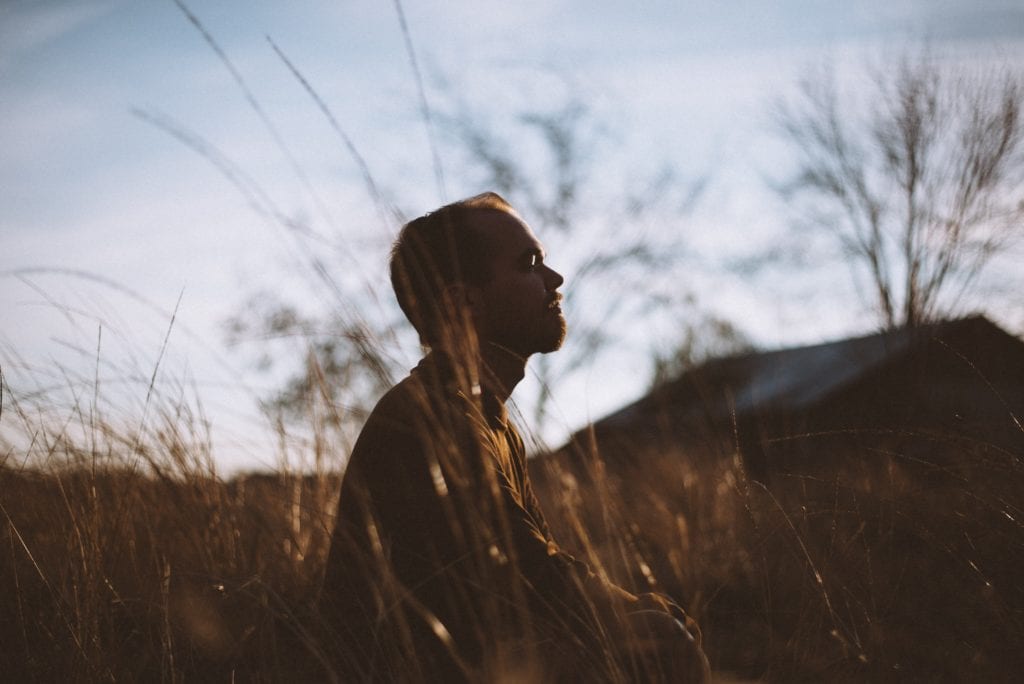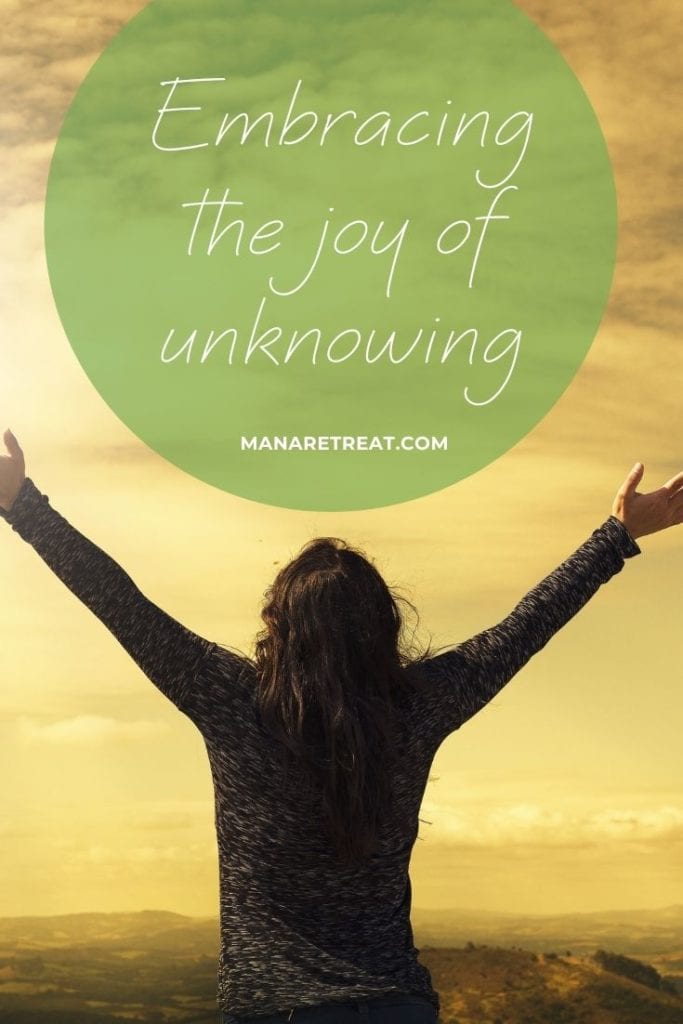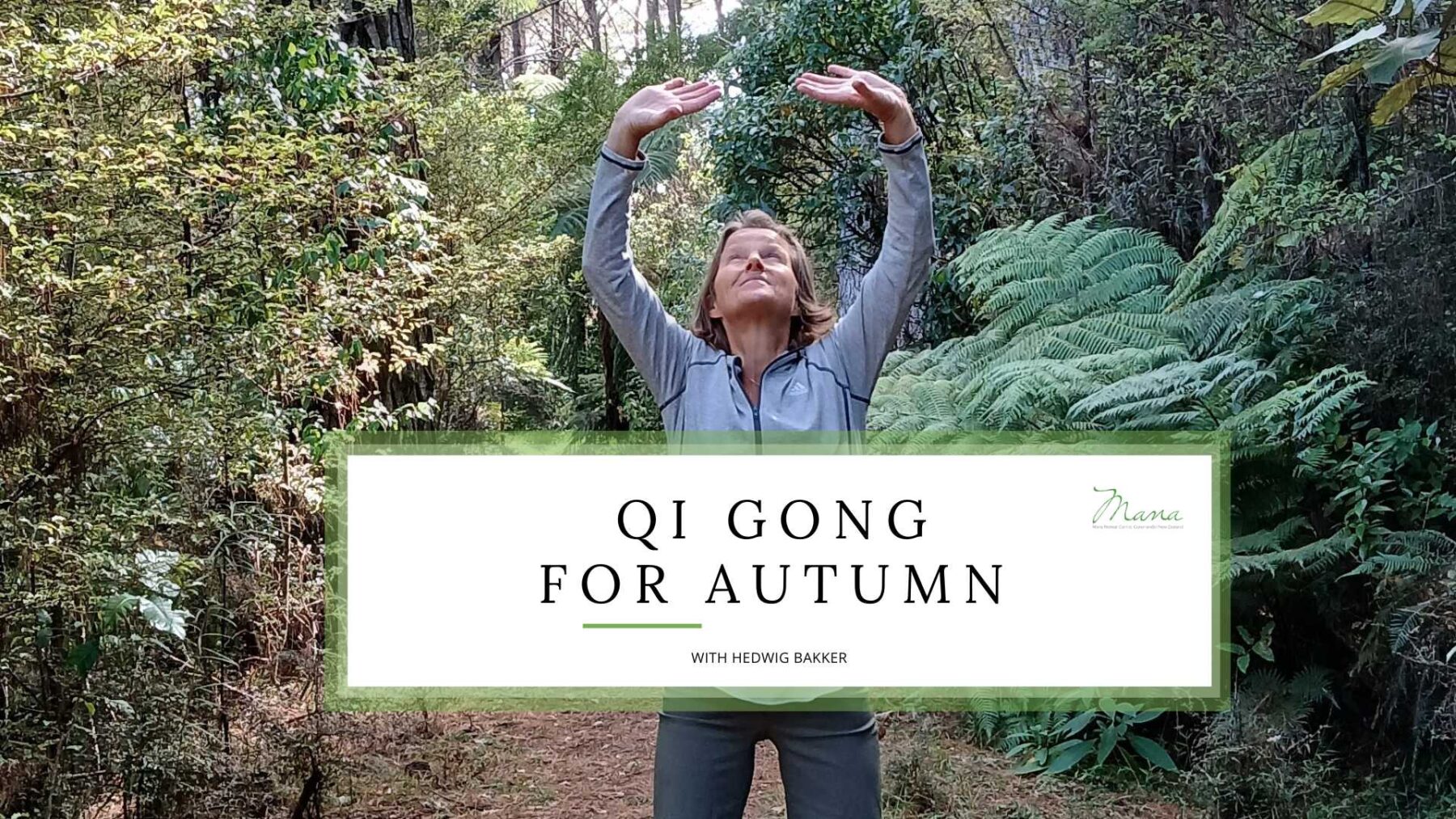Embracing the joy of unknowing -Letting go of your thoughts to become your true self
Mind cannot be used to grasp mind. The more we try to grasp the mind, the more we realize that we are only grasping air. Actually, if we search for the mind, we will not find any such entity. All we will find are thoughts, and even if we try and fixate on a thought, it will be like trying to hold on to smoke. In fact, if we were not so attached to the concept of linear time and could achieve a birth-to-death overview, we would recognize that our attempts to hold on to any aspect of life — relations, possessions, dreams, ideals and beliefs, and even our self-images — are just as much of a futile endeavour as attempting to grab empty space.
Based upon various conditioning factors, we tend by habit to identify with thought energy. In the process, we develop the conviction that what we think is what we are. In this way, consciousness itself can seem like a limitation, contracting down into various afflicted self-images, such as “I am not worthy, I am too fat, I am not smart enough, or rich enough, or spiritual enough”, or the opposite, such as “I am better than my peers, I am prettier than the others, I am more enlightened”, and so on ad infinitum. All such manufactured images are based on thought energy with which we identify, and which become our prison cages as we do so.
We are the witness of thoughts
However, if we take a step back and just let thoughts come and go without attaching any personal significance to them, it becomes apparent that we are not the thoughts, but the witness of thoughts. We are not the passing traffic, but the space in which the traffic flows. This primordial space need not become anything other than itself, but simply abide as itself, regardless of the passing parade. Nor need we – we are complete just as we are, and need not be dependent on any temporary neural stream of thought energy to contract our infinite being and squeeze it into the cramped fictional narratives of “me and mine”.
Once we have been able to relax our attention to the point where we are no longer impulsively drawn into our thought-stories, but instead stabilized in the position of pure witnessing, we can inquire even further. For instance, if we turn our attention around and try to cling to or grasp this witness, we discover that we can’t do that either, any more than we can grasp any other dreamy fabrication of consciousness. The witness cannot grasp the witness, just as the eye cannot see itself. In this direct recognition, the witness (which is still a form of mental construct) falls away too. It represents a slight grasping at an identity, a subtle obstruction. In reality, there is no separate “awareness” that is witnessing experiences.

We are not the passing traffic, but the space in which the traffic flows.
Stillness and silence
What remains when all grasping falls away is pure aware spaciousness, the motionless, timeless background. It is our true nature — prior to, during, and after thoughts, memories, sensations, perceptions, and all transient self-images arise and dissolve. It is here where we can come to rest, in this ineffable stillness. The only “inner voice” now is silence. In silence, there is no need for some conceptual understanding. Indeed, when only awareness remains, who is there left to understand? Hence, the great Korean Zen master Chinul wrote: “Simply knowing that there is nothing you need to understand is in fact seeing the [true] nature.”
Just so, trying to “figure it all out” by using the analytical intellect may earn one a philosophy credential, but that is nothing like directly seeing one’s true nature. The best service that the intellect can render is to point to who and what we are, but we must leave all notional constructs behind if we are yearning for direct recognition/realization, in the same way we can appreciate and utilize a bread recipe, but we would never confuse the recipe for the bread itself. Facts and information will never amount to true intuitive wisdom, but merely create more hamster wheels.
The “Don’t Know Mind”
This why the Zen sages, among other Realizers, recommend practicing with “don’t know mind”. Of course, this does not mean that one somehow refuses to discriminate in the objective world, indulging in blatant ignorance and confusion. The intellectual faculty is an amazing tool, and completely necessary for ordinary navigation in this psycho-physical realm, but the proper utilization of “don’t know mind” reaches beyond the domain of the story-making mind. In that sense, it is not anti-conceptual but trans-conceptual.
Practicing with “don’t know mind” simply entails the recognition that no conceptual understanding, regardless of how seemingly profound, amounts to truth. Indeed, in the spiritual process of awakening, the presumption of knowledge is more often a hindrance, a superimposed fantasy of interpretation on perception and experience, and ultimately constitutes just more excess baggage one needs to discard, if they are serious about waking up. This is also why the Advaita sage Nisargadatta says:
"Everybody is trying to understand the meaning of all this. You are not understanding because you have all the swaddling clothes of “I-am-this-or-that.” Remove them. The ultimate point of view is that there is nothing to understand, so when we try to understand, we are only indulging in the acrobatics of mind."
Nisargadatta

Buried emotional traumas and old psychological wounds
Nevertheless, it is not enough to merely glimpse one’s true nature. The sincere aspirant must return again and again to the depths of direct insight and recognition until the effort itself becomes spontaneous. In the process, the transformed intellect can now serve in assisting us to integrate what we have learned, to the point where we are able to fully embody the awakened vision in all the ways we live and relate.
What we may discover in this process is that it is one thing to see our true nature, but another thing altogether when it comes to applying that recognition to all the afflictive states we have become habituated to (and not just from this life, but lives reaching back beyond memory, that nevertheless still impact and even afflict us with unresolved conflicts). Buried emotional traumas and old psychological wounds need to be brought into the light of the conscious process of recognition, where they can be dissolved by the grace of our awakened regard.
Beyond this process of insight into our true nature and progressive application in every nook and cranny of our lives, is there more to be discovered? Again, Sri Nisargadatta gives us a pointed clue when he notes:
"Whatever spiritual things you aspire to know are all happening in this objective world, in the illusion; all your activities, material and spiritual, are in this illusion; all your activities. All this is happening in the objective world, all is dishonesty, there is no truth is this fraud."
Sri Nisargadatta

Living in the unknown
Perhaps intuited in glimpses along the way, coming to terms with the illusionary nature of all phenomena can still prove to be a challenge. Once again, ordinary knowledge can usually only muddle things, adding more complication and contradiction. The western teacher Adyashanti put it succinctly when he said, “all true knowing arises out of the unknown and is an expression of the unknown.” Certainly, we have learned by now that resorting to logic and human reason will not really serve us well in this passage. Only by once again letting go and falling into the unknown can we paradoxically find our footing on this journey. Here, mystics such as St. John of the Cross suggests: “Beyond human knowledge and understanding, in order to come to union with the wisdom of God, the soul has to proceed rather by unknowing than by knowing.”
Rather than being some kind of negative experience (as the intellect might perceive it), living in the unknown can provide us with an extraordinary source of freedom and happiness. To really see things as they are, to recognize phenomena as empty of all solidity and yet luminous in its fragile beauty, is actually enormously blissful and satisfying. Really, to play in the dream, having recognized it as a dream, is true enjoyment! The magnificent medieval ecstatic Blessed Angela of Foligno expressed it perfectly when she wrote: “The joy of the saints is a joy of incomprehension; they understand that they cannot understand.”
The definition of true freedom
True freedom from limitation only manifests when one is able to thoroughly inspect, see through, and discard the programmed descriptions or stories about reality that constitute the known, and not just for a moment’s respite, but continuously. This involves letting go of clinging to provisional meanings (that are typically second hand anyway), all fixation on conceptual identities that we take to be who and what we are, all solidified positions, and all conditioned filters on experience that keep us misdirected and entranced. If not, then our life will merely amount to a manifestation of what the mind thinks it knows – a circular game of self-confirmation, grasping at the false security of the known, the accepted, the expected, and always avoiding the unknown, the only “place” where real freedom has the spaciousness to awaken and thrive.
By stabilizing in such a liberating attitude, our entire life and being, with all its relationships and perceptions, is literally re-wired to accommodate more and more light. The potential, our potential, is limitless. This light energy is the natural inheritance we all share, but habitually tend to suppress, in favor of reliance on the duller consensus vision of the pack, which will always attribute the most importance and value to the safety and security of the known. What most frightens us, it seems, is the unknown, and yet we are also a curious animal, and so there will always be those among us willing to take that step out of the crowd and head off into the rare atmosphere, on pilgrimage to parts unknown. As it so happens, those may very well be the regions that reveal our true nature and condition, in all of its incomprehensible majesty.
WORDS BY: Bob O’Hearn
SOURCE: Uplift Connect






